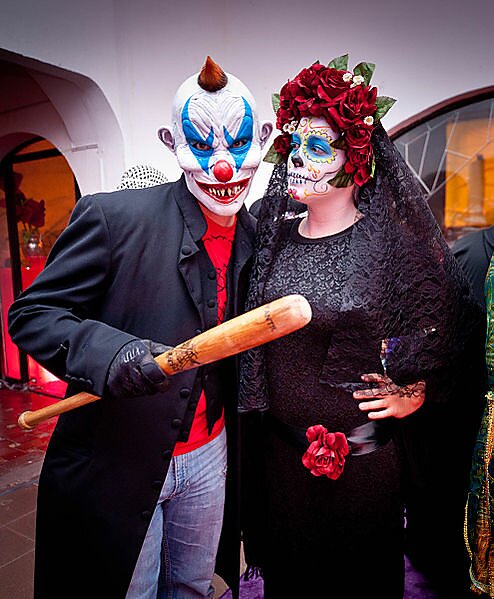As you may or may not know (I hope it is the former) Cato’s Center for Educational Freedom maintains the Public Schooling Battle Map, an interactive database of values and identity-based battles—potentially the most wrenching of all conflicts—in public schools. To get a sense for specific topics that appear to be roiling people not just in particular districts, but perhaps across the country, we at CEF thought it might be worthwhile putting out a little summary of what we’ve observed each month.
Keep in mind that the Battle Map is primarily populated with events reported in major media, so there are likely lots of fights we never find out about. (If you know of one, email it!) Based on what we found reported, here were the big conflicts in October:
- To Kill A Mockingbird: Tussles over the propriety of books on reading lists or in school libraries are constant, but a Biloxi, Mississippi school ending an 8th grade reading of Mockingbird over a family’s concerns over the frequent appearance of the N‑word created a national sensation. The family found the use of the word—and some students’ reactions to it—inappropriate and disturbing, while the book’s defenders said it is precisely Mockingbird’s unsettling portrayal of injustice that makes it not just an important read, but maybe one that should be mandatory. It is not, however, just one family in Biloxi that has objected to Mockingbird in public schools—it is one of the most challenged classic books on record.
- Anthem and Pledge: With National Football League players, Donald Trump, and lots of other people sniping back-and-forth over kneeling during the National Anthem, it is not surprising that fights over standing for the Anthem and Pledge of Allegiance have also been fought in the schools. Indeed, standing for the Pledge is a seemingly timeless battleground. Ultimately, the conflict is one of freedom of speech we’re all supposed to have against the unity and love of country that, historically, public schools were supposed to inculcate. In October we saw such conflicts in Iowa, Oklahoma, and Texas.
- Halloween: This holiday tends to generate fights because of its connection to religion, and the potential dangers of costumes offending or even threatening others. We found conflicts over what costumes, if any, kids could wear in California, Massachusetts, New York, Oregon, and Wisconsin.
- “Immersion” Assignments: I made up the term “immersion” for this, but there was an unusual spate of conflicts over assignments that basically asked students to immerse themselves in something historical in order to get a deeper understanding of it, but that seemed to many people to either trivialize, glorify, or impose something evil or disturbing. These included an assignment to create a Nazi mascot in Georgia; a Civil War dress-up day, also in Georgia; and a Pilgrim dress-up day in Massachusetts.
There were other battles begun or continued in October, of course—conflicts over President Trump, dress codes, and offensive expression—but these are the ones that stuck out as either constituting trends or attracting significant national attention.
For daily updates on conflicts in the public schools for which all, diverse people must pay, but only those with the most political power control, follow the Battle Map Twitter feed, Facebook page, and, of course, dive into the Battle Map itself.

